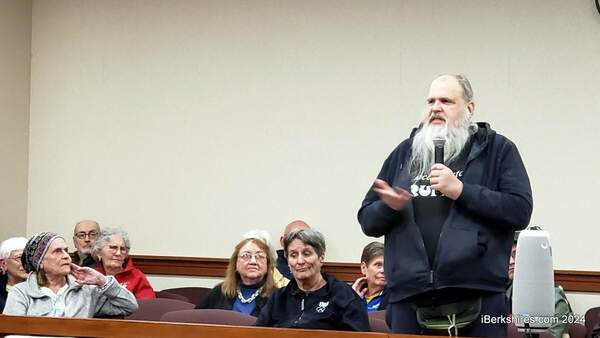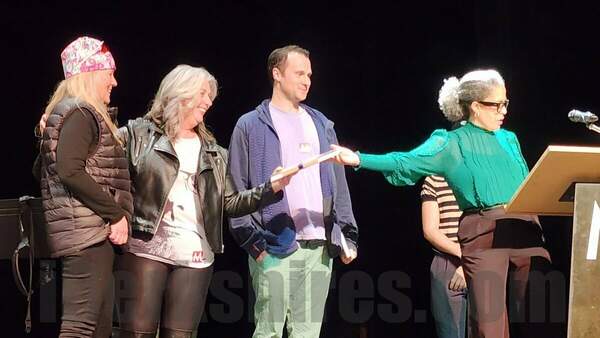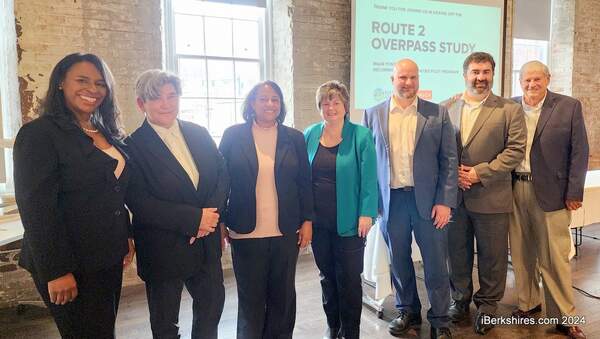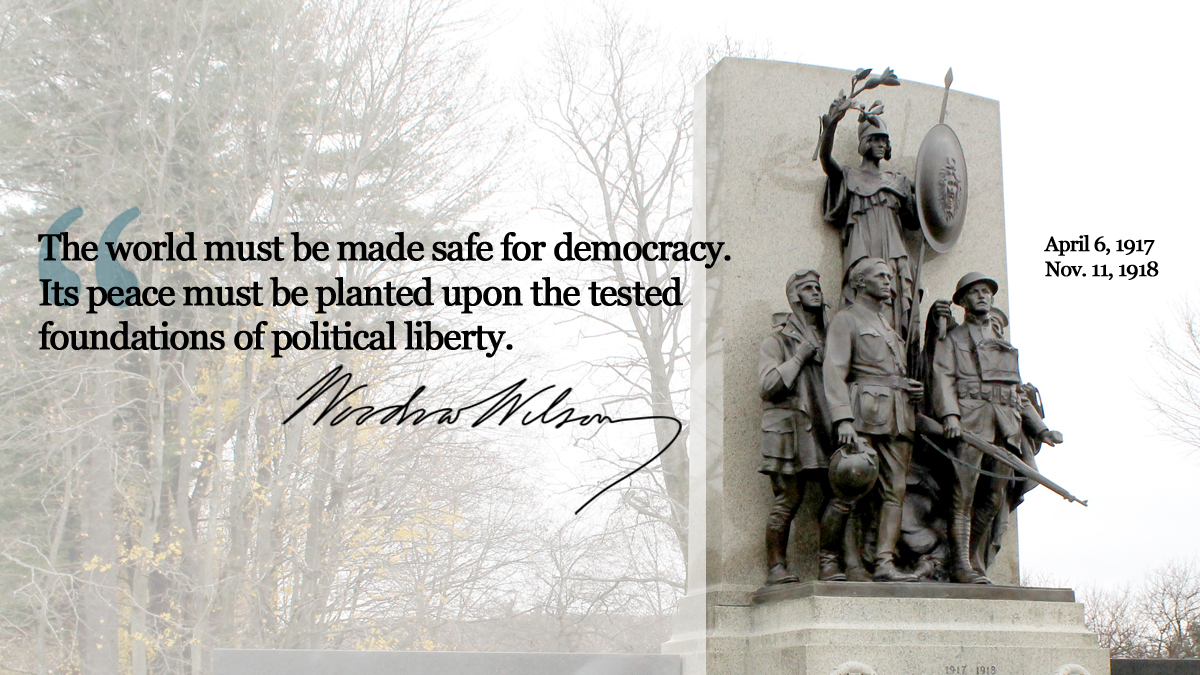
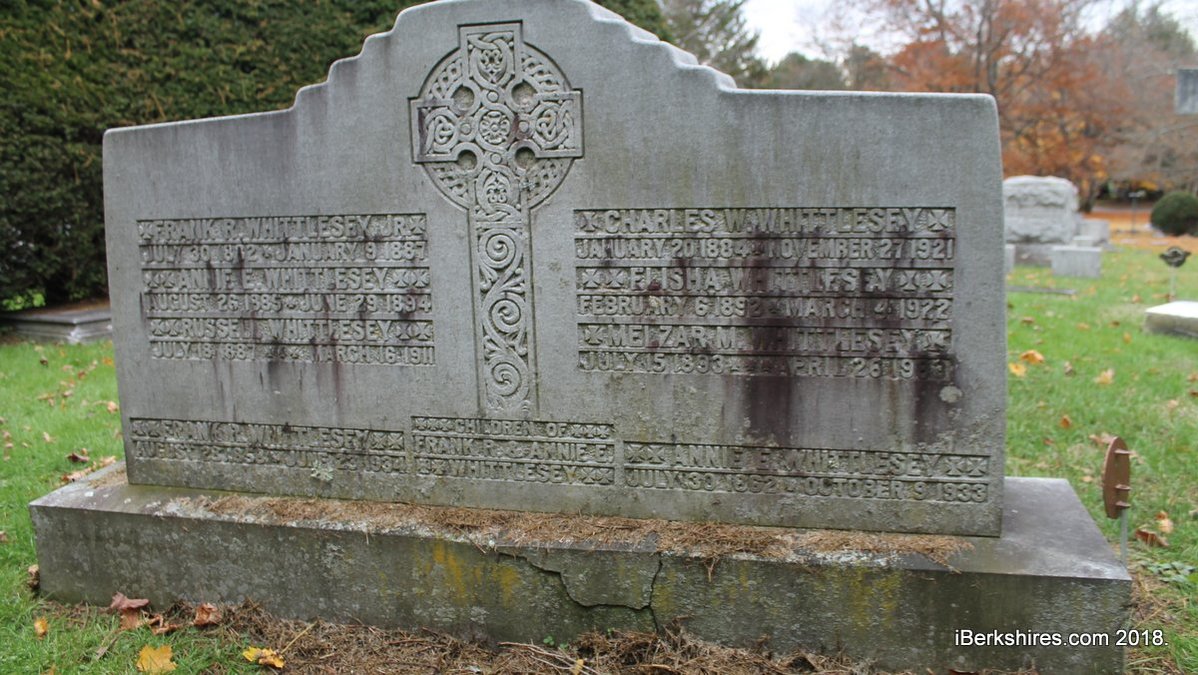
Berkshire County Remembrances on World War I Centennial
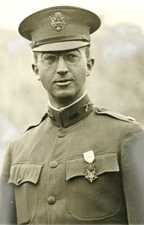 |
| Charles W. Whittlesly |

Barely two weeks later, Whittlesly would disappear off the SS Toloa on its way to Havana. He was presumed to have jumped overboard, leaving a note among his papers in his cabin that "I will not be back."
His friends believed that he had been overcome by his participation in the memorial.
"For the last two years there has scarcely been an hour when the grief and horror of war have not been brought vividly before him," his law partner Charles W. Little told reporters.
Whittlesly graduated from Pittsfield High School and Williams College, later earning a degree from Harvard Law School. He enlisted in May 1917 and by September was commissioned a major leading the 308th Infantry Regiment, part of the 77th Infantry Division. That October his unit was among the forces pushing back against the Germans in the Meuse-Argonne. The battalion advanced faster than the others and was cut off and surrounded for nearly five days until the advancing American units could catch up.
That October his unit was among the forces pushing back against the Germans in the Meuse-Argonne. The battalion advanced faster than the others and was cut off and surrounded for nearly five days until the advancing American units could catch up.
Pinned down by fire from both sides, and without food and supplies, more than half his force was killed or injured. Whittlesly refused to surrender, purportedly telling the Germans to "go to hell."
Runners failed to make it back to headquarters to report their position but their last surviving messenger pigeon, Cher Ami, did. She was shot and wounded as she took off but still flew nearly 30 miles in 25 minutes to deliver the message: "We are along the road paralell to 276.4. Our own artillery is dropping a barrage directly on us. For heavens sake stop it."
Whittlesly was presented the Medal of Honor at a ceremony at Boston Common and received the Croix de Guerre from France. (Cher Ami would also be awarded the Croix de Guerre and she is on display at the Smithsonian Institute.)
But Whittlesly was never able to return fully to civilian life or escape the war. His cenotaph is in Pittsfield Cemetery but his remains were never recovered.

Massachusetts honored her sons and daughters in 1933 with the dedication of the Mount Greylock War Memorial Tower on the state's highest peak in Adams. The 93-foot tall monument was recognized this year as one of 100 national monuments by the U.S. World War I Centennial Commission.
Adams also filled the town with memorials to those sent off the war.
iBerkshires has rounded up some examples of the residents who went to war and some of what they did afterward.
Much of this material is thanks to the Adams Historical Society, North Adams Historical Society, Berkshire Historical Society, the Williamstown Historical Museum and the archives of the North Adams Library and Berkshire Athenaeum.
Below, artillery on the River Moselle along the American front one minute before and one minute after the ceasefire at 11 a.m. on Nov. 11, 1918, from the Imperial War Museum collection.
Tags: world war,


